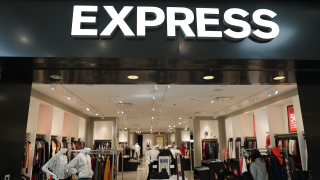Campaigners noted how little muscle Black voters have flexed at the polls in Ferguson. Some experts blamed low registration on a transient population—because the city's demographics have changed quickly, many of the Black residents are new to town.
But the gap between the number of residents eligible to vote and those who are registered is not that large—perhaps less than 1,500 people. Attempts to seriously change the composition of the registered electorate have been conspicuously unsuccessful. Registration drives since Michael Brown's death in August 2013 produced a grand total of 562 new voters, which makes for just a 4 percent increase, and is apparently similar to what other surrounding cities have seen. (The St. Louis County elections director said in October that 3,000 people had registered, only to correct those figures radically downward.)
That means turnout is really what matters. In 2013, the turnout rate was just 17 percent among White voters and 6 percent among Black voters. One reason for the small number of voters is the fact that elections are held in April on odd-numbered years. That's been shown to seriously depress turnout, compared to November in a presidential year, or even to November in midterm years. Turnout topped 40 percent during November's midterm elections, but that also represented a 10 percent drop from 2010. But in 2012, 76 percent of eligible voters cast ballots, almost 20 points above the national average (and Barack Obama thrashed Mitt Romney, taking 85 percent of the vote).













